How A.I. Can Improve a Recruiter’s Productivity
Although the technology behind A.I. continues to make advancements, the main purpose behind these solutions is still the same. Automation is the key driver behind most AI/ML projects. The ability to teach a computer how to perform time-consuming, tedious and repetitive tasks not only increases efficiencies, but decreases labor costs.
The staffing and recruiting industry has begun to embrace AI as a way to improve operations and drive more placements. Major advancements in Natural Language Processing (NLP) have allowed firms to automate a majority of the time spent in screening, matching and engaging candidates, which frees up more of a recruiter’s time. This allows recruiters to cover more open job requisitions as well as give them more time to do what they do best, be human.
Talk to a Matchpoint team member to see how you can increase your recruiters’ productivity

In order to show the value of applying AI to the day to day operations of a recruiting team, let’s first look at what a typical recruiter’s day looks like and where they spend a majority of their time. Let’s say a recruiter, we’ll call her Lisa, gets a new job order from a client. Lisa first reads the job description to understand the role, where it is located, required skill sets and how much experience is needed. Then, she will search her Applicant Tracking System (ATS) for candidates who may be a match. This is typically done through a keyword search on the skills as well as some sort of location filter to make sure she is looking at candidates in the local area.
Once that list is generated, Lisa has to take a look at each candidate’s resume to determine if the have the right background for her client. Some candidates are immediately screened out based on experience levels, lack of required skills or job titles. For the remaining candidates who are a good match for the role, Lisa will then reach out to each one of them individually to gauge their interest in the open position. Candidates who are interested are then given more information on the client and the role before being submitted to the client.
As you might image this “sourcing” process might take up to 40-50% of a recruiter’s time. At Matchpoint, part of NLP Logix, we aim to automate this process through AI. Once a new job order comes in, Matchpoint uses NLP to read a candidate’s resume just like a recruiter would. It understands words in context and not just keywords, knows where they are located, understands the level of experience a candidate has based on years of experience and job titles, and then can automatically engage with qualified candidate’s via text message to see if they are interested in the role.
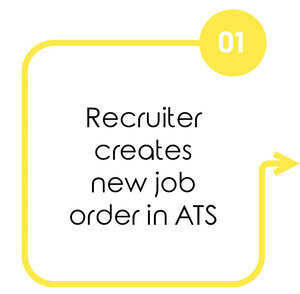
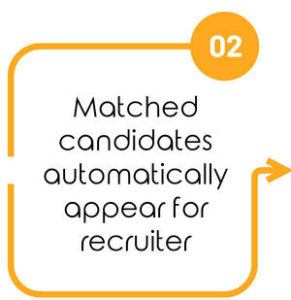
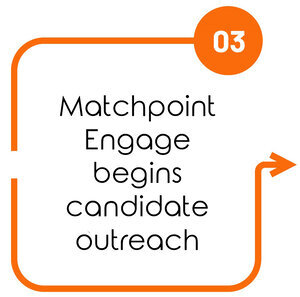
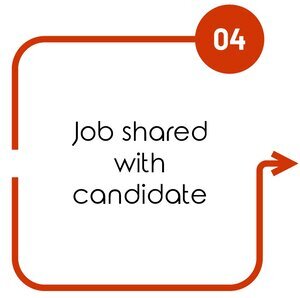
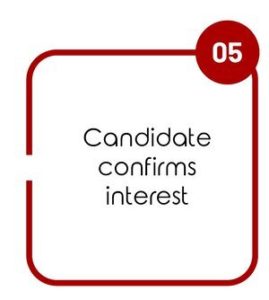
Once candidates express interest, they would be handed off to Lisa so she can have a conversation with that candidate to tell them more about the role, answer any questions or concerns they might have and start to build a relationship. Because Lisa is not spending almost half of her day sorting through resumes and reaching out to uninterested candidates, she has time to focus on more orders and submit candidates to her clients faster.
Increased productivity can mean many different things to Staffing Firms and in-house recruitment teams. With more time, recruiters can increase their volume of candidate submissions, fills and placements. This is direct revenue for your company. On the reverse, we understand that firms may be asked to cut operating costs with the economic downturn. With recruiters having an increased productivity, this makes any loss to our workforce less painful. Contact us to learn more about Matchpoint today.





